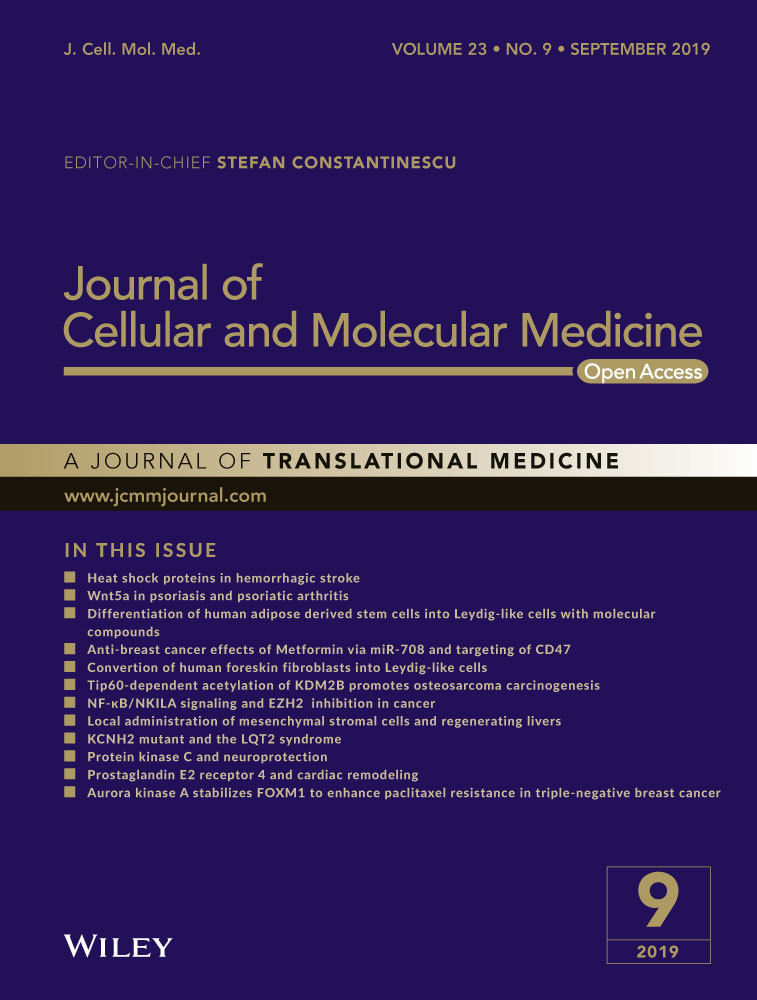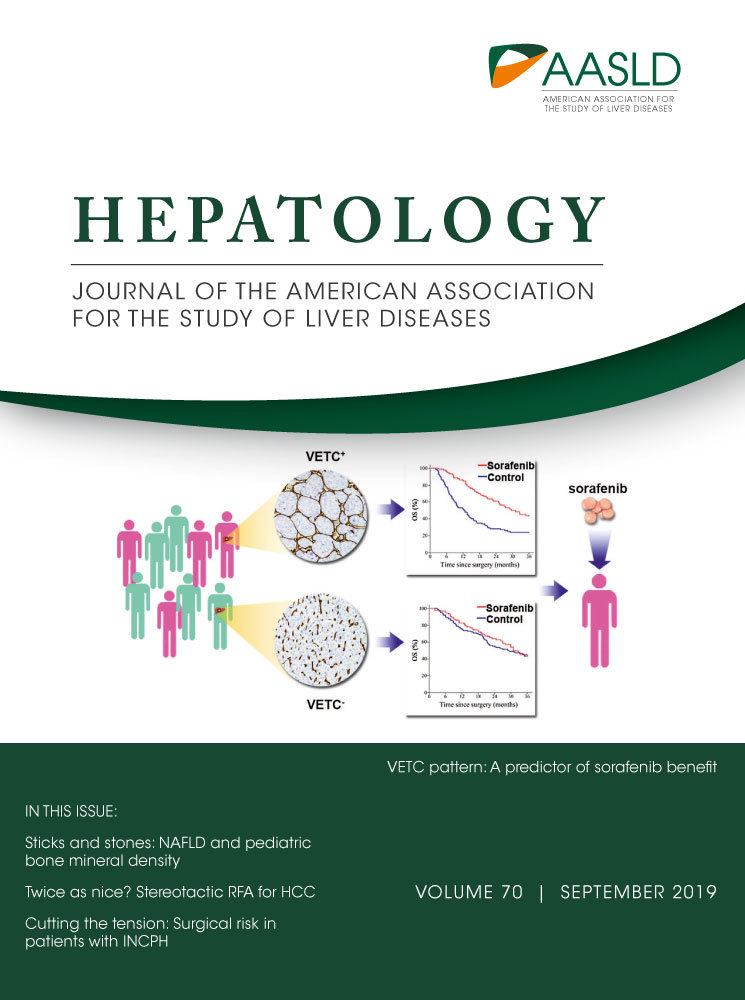 “Cannabinoid receptors type 1 (CB1) and type 2 (CB2) are promising targets for a number of diseases, including obesity, neuropathic pain, and multiple sclerosis, among others.
“Cannabinoid receptors type 1 (CB1) and type 2 (CB2) are promising targets for a number of diseases, including obesity, neuropathic pain, and multiple sclerosis, among others.
Upon ligand-mediated activation of these receptors, multiple receptor conformations could be stabilized, resulting in a complex pattern of possible intracellular effects. Although numerous compounds have been developed and widely used to target cannabinoid receptors, their mode of action and signaling properties are often only poorly characterized.
From a drug development point of view, unraveling the underlying complex signaling mechanism could offer the possibility to generate medicines with the desired therapeutic profile.
Recently, an increased interest has emerged for the development of agonists that are signaling pathway-selective and thereby do not evoke on-target adverse effects. This phenomenon, in which specific pathways are preferred upon receptor activation by certain ligands, is also known as ‘biased signaling’.
For a particular group of cannabinoid receptor ligands (i.e. CB1/CB2 agonists), namely the synthetic cannabinoid receptor agonists (SCRAs), the research on biased signaling is still in its infancy and interesting outcomes are only recently being revealed.
Therefore, this review aims at providing insights into the recent knowledge about biased agonism mediated by SCRAs so far. In addition, as these outcomes are obtained using a distinct panel of functional assays, the accompanying difficulties and challenges when comparing functional outcomes are critically discussed. Finally, some guidance on the conceptualization of ideal in vitro assays for the detection of SCRA-mediated biased agonism, which is also relevant for compounds belonging to other chemical classes, is provided.”
https://www.ncbi.nlm.nih.gov/pubmed/31472128
https://www.sciencedirect.com/science/article/abs/pii/S0006295219303132?via%3Dihub

 “Chronic allograft dysfunction (CAD), defined as the replacement of functional renal tissue by extracellular matrix proteins, remains the first cause of graft loss.
“Chronic allograft dysfunction (CAD), defined as the replacement of functional renal tissue by extracellular matrix proteins, remains the first cause of graft loss. “Hepatic cardiomyopathy, a special type of heart failure develops in up to 50% of patients with cirrhosis and is a major determinant of survival. However, there is no reliable model of hepatic cardiomyopathy in mice. Herein we aimed to characterize the detailed hemodynamics of mice with bile-duct ligation (BDL)-induced liver fibrosis, by monitoring echocardiography and intracardiac pressure-volume (PV) relationships and myocardial structural alterations. Treatment of mice with a selective
“Hepatic cardiomyopathy, a special type of heart failure develops in up to 50% of patients with cirrhosis and is a major determinant of survival. However, there is no reliable model of hepatic cardiomyopathy in mice. Herein we aimed to characterize the detailed hemodynamics of mice with bile-duct ligation (BDL)-induced liver fibrosis, by monitoring echocardiography and intracardiac pressure-volume (PV) relationships and myocardial structural alterations. Treatment of mice with a selective  “Much of the initial reports for
“Much of the initial reports for  “The neurodegeneration, neuro-inflammation and mitochondrial dysfunction which occur by methamphetamine (METH) abuse or administration are serious and motivation therapeutic approaches for inhibition of these types of neurodegeneration. As we know, METH through Toll-like receptors (TLRs), specially type 4, and NF-κB signaling pathway causes neuro-inflammation and mitochondrial dysfunction.
“The neurodegeneration, neuro-inflammation and mitochondrial dysfunction which occur by methamphetamine (METH) abuse or administration are serious and motivation therapeutic approaches for inhibition of these types of neurodegeneration. As we know, METH through Toll-like receptors (TLRs), specially type 4, and NF-κB signaling pathway causes neuro-inflammation and mitochondrial dysfunction. “The biological effects of endocannabinoid system are mediated by two types of receptors,
“The biological effects of endocannabinoid system are mediated by two types of receptors,  “Post-traumatic stress disorder (PTSD) is a common psychiatric disorder resulting from a traumatic event, is manifested through hyperarousal, anxiety, depressive symptoms, and sleep disturbances.
“Post-traumatic stress disorder (PTSD) is a common psychiatric disorder resulting from a traumatic event, is manifested through hyperarousal, anxiety, depressive symptoms, and sleep disturbances. “This paper studies the effects of marijuana legalization on neighborhood crime and documents the patterns in retail dispensary locations over time using detailed micro-level data from Denver, Colorado. To account for endogenous retail dispensary locations, we use a novel identification strategy that exploits exogenous changes in demand across different locations arising from the increased importance of external markets after the legalization of recreational marijuana sales.
“This paper studies the effects of marijuana legalization on neighborhood crime and documents the patterns in retail dispensary locations over time using detailed micro-level data from Denver, Colorado. To account for endogenous retail dispensary locations, we use a novel identification strategy that exploits exogenous changes in demand across different locations arising from the increased importance of external markets after the legalization of recreational marijuana sales. “The Endocannabinoid (eCB) system and its role in many physiological and pathological conditions is well described and accepted, and includes cardiovascular disorders. However, the eCB system has been expanded to an “-ome”; the endocannabinoidome (eCBome) that includes endocannabinoid-related mediators, their protein targets and metabolic enzymes, many of which significantly impact upon cardiometabolic health. These recent discoveries are here summarized with a special focus on their potential involvement in atherosclerosis. We described the role of classical components of the eCB system (eCBs, CB1 and CB2 receptors) and eCB-related lipids, their regulatory enzymes and molecular targets in atherosclerosis. Furthermore, since increasing evidence points to significant cross-talk between the eCBome and the gut microbiome and the gut microbiome and atherosclerosis, we explore the possibility that a gut microbiome – eCBome axis has potential implications in atherosclerosis.”
“The Endocannabinoid (eCB) system and its role in many physiological and pathological conditions is well described and accepted, and includes cardiovascular disorders. However, the eCB system has been expanded to an “-ome”; the endocannabinoidome (eCBome) that includes endocannabinoid-related mediators, their protein targets and metabolic enzymes, many of which significantly impact upon cardiometabolic health. These recent discoveries are here summarized with a special focus on their potential involvement in atherosclerosis. We described the role of classical components of the eCB system (eCBs, CB1 and CB2 receptors) and eCB-related lipids, their regulatory enzymes and molecular targets in atherosclerosis. Furthermore, since increasing evidence points to significant cross-talk between the eCBome and the gut microbiome and the gut microbiome and atherosclerosis, we explore the possibility that a gut microbiome – eCBome axis has potential implications in atherosclerosis.”